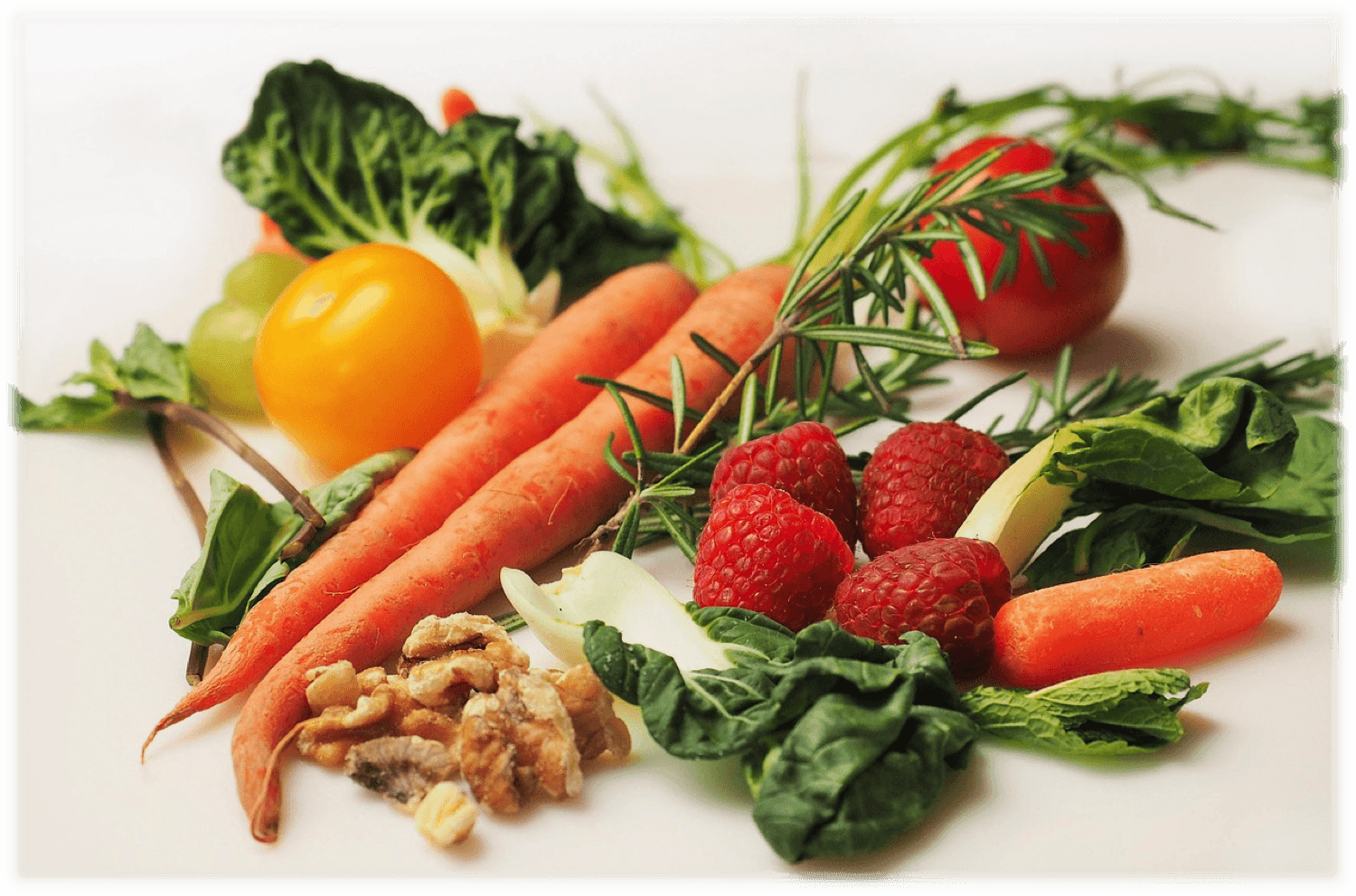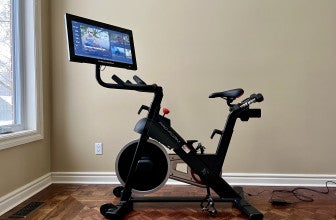
Staying Active
Staying physically active means moving the body and getting one’s heart pumping for a period of time. There are different levels or types of activity that range from mild to strenuous. For good health, an adult should engage in physical activity for a minimum of 30 minutes a day. Parents and guardians should get their children up and moving for at least one hour daily. If unable to engage in this level of physical activity on a day-to-day basis, then it should be done at least five days of the week.
There are many different ways that a person can stay active. Many of these activities do not require a gym membership or cost anything to perform. The easiest way to get moving is to take a brisk walk. People who are physically capable of exercising can go walking whether they are children or seniors. While at work, a person can take a walk on their lunch break, resolving any issues about a lack of free time. Walking is also an activity that can be done alone or in the company of friends or coworkers. Just adding extra steps during a typical day can be helpful. Ways to do that include parking one’s car in the farthest parking spaces or taking the stairs instead of standing stationary on an elevator or escalator. Riding a bike to work, while running errands, or just for fun is another way to be active and include exercise in an average day.
At home, a person can do yard work such as mow the lawn, rake leaves, or tend to a garden. Even when watching television, a person can stay physically active by performing exercise moves such as squats or lifting light weights during the commercials. On the weekends, families or couples can get moving and explore the outdoors by hiking or camping together. Joining a local basketball or softball team is a fun way for athletic individuals to stay fit while doing something that they enjoy. Even unorganized games with friends are a great social and physical activity. For lower-impact activities, local recreation centers often have swimming pools and may even offer swim classes. Stretching or performing yoga or tai chi each morning can also be helpful both physically and mentally.
Healthy and Nutritious Foods
Fast food is convenient in terms of being cooked and ready to eat. These types of restaurants are also conveniently located, with nearly every town and city having one or more within its boundaries. Add flavor to the mix and it is easy to see why fast food is such a lucrative business. Unfortunately, the taste of fast food comes from unhealthy fats, salt, and carbohydrates that lead to numerous health problems, including diabetes and high blood pressure. Healthy eating involves consuming foods that contain the nutritional elements that the body needs. Fruits and vegetables are important parts of a healthy diet. Green, leafy vegetables as well as bright, colorful vegetables and fruits are good food choices. Blueberries are an example of a fruit that is also a superfood: It is filled with fiber, and it is rich in antioxidants. Blueberries can be eaten alone as a snack, or they can be blended with yogurt and soy milk for a delicious and healthy smoothie. Avocados are good sources of fiber and monounsaturated fats. Kiwi, another fruit, has high amounts of potassium and more vitamin C than an orange. A prime example of a green, leafy vegetable is spinach. Spinach contains folate, iron, and antioxidants. Like blueberries, spinach can also be blended into a smoothie alongside fruit. Steamed spinach and spinach salads are also ways to enjoy this food and add it to one’s diet. Kale is another delicious yet nutritious vegetable. It contains lutein, which is good for the eyes, vitamin C, beta-carotene, and calcium.
Whole grains are grains that have not been refined. They contain high amounts of fiber, antioxidants, and protein. Bulgur or cracked wheat, brown rice, quinoa, whole oats, wild rice, and even popcorn are all examples of whole-grain foods. For people who enjoy meat, lean is best. Boneless, skinless chicken breasts are high in protein but low in fat. They can be used in a host of recipes for lunches or dinners. Foods that contain omega-3 fatty acids can help lower bad cholesterol. These foods include wild salmon and even walnuts, which can be eaten as a snack or added to recipes, including salads. Sardines are also a good source of omega-3 fatty acids, as well as calcium and vitamin D. Other healthy foods that should be added to one’s diet include beans, such as kidney beans and black beans, as well as items such as edamame, broccoli, and carrots for healthy snacking.
- What You Can Do to Stay Healthy
- Staying Active
- Get Active Your Way
- Leading a Healthy Life: Six Steps to Living Long and Staying Healthy (PDF)
- Nutrition: How to Make Healthier Food Choices
- Fitness: Getting and Staying Active
- Get Moving: Easy Tips to Get Active!
- Fitting in Fitness
- Be More Active Throughout the Day
- Nutrition and Healthy Eating
- The Thirty Healthiest Foods: Avocados and Kidney Beans
- Carrot Fries Recipe
- Healthy Eating
- Healthy Eating for Adults
- Whole Grains: Healthy Grains
- How to Eat Healthy




